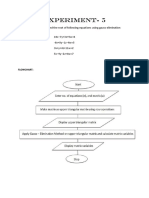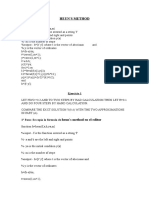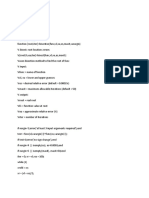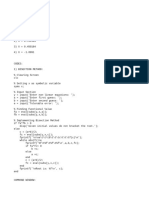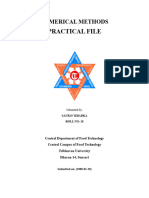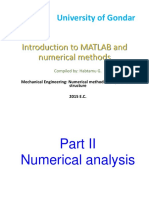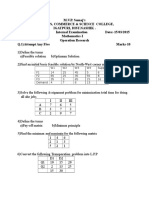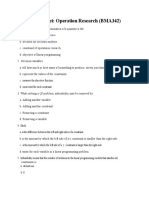0% found this document useful (0 votes)
17 views16 pagesNmo Final Programs
The document contains multiple MATLAB scripts for various numerical methods including least squares regression, bisection method, Gauss quadrature, Newton-Raphson method, and Runge-Kutta method. Each script prompts the user for input values and performs calculations to solve mathematical problems, providing outputs such as roots of equations and areas under curves. The scripts are authored by Prajwal Thorat and are part of a course labeled TEMEB246.
Uploaded by
Prajwal ThoratCopyright
© © All Rights Reserved
We take content rights seriously. If you suspect this is your content, claim it here.
Available Formats
Download as PDF, TXT or read online on Scribd
0% found this document useful (0 votes)
17 views16 pagesNmo Final Programs
The document contains multiple MATLAB scripts for various numerical methods including least squares regression, bisection method, Gauss quadrature, Newton-Raphson method, and Runge-Kutta method. Each script prompts the user for input values and performs calculations to solve mathematical problems, providing outputs such as roots of equations and areas under curves. The scripts are authored by Prajwal Thorat and are part of a course labeled TEMEB246.
Uploaded by
Prajwal ThoratCopyright
© © All Rights Reserved
We take content rights seriously. If you suspect this is your content, claim it here.
Available Formats
Download as PDF, TXT or read online on Scribd
/ 16













